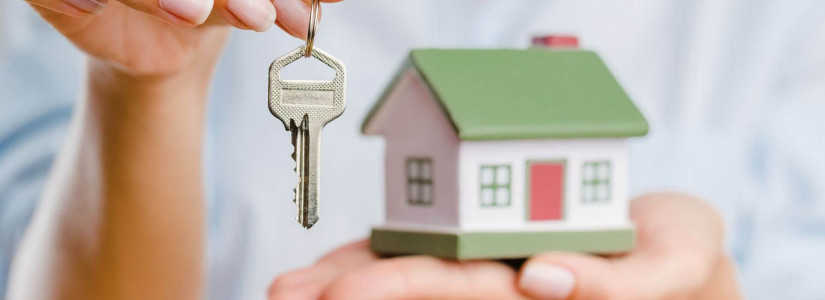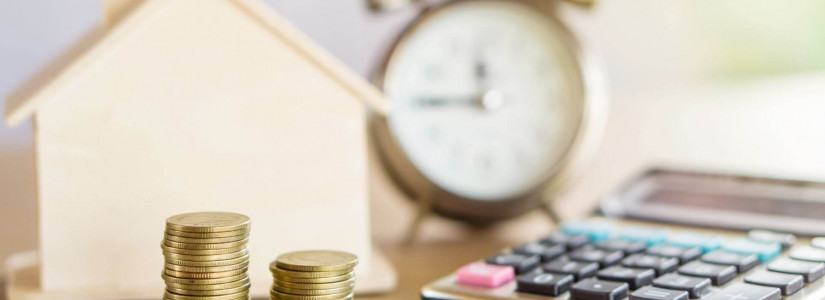Down Payment Advice
Coming up with a down payment for a house is one of the most difficult aspects of home buying. The prospect of putting down $10,000 or more can be daunting and can prevent potential home buyers from moving forward.
The amount needed for a down payment also varies by state. In 2022, the median down payment in California was over $100,000, the highest in the nation. Mississippi had the lowest median down payment at almost $7,000.
Determining how much and how to save for a down payment can be difficult, but it is accomplishable.
How to Save for a Down Payment
Determining how much to save is a good first step to figuring out how to save for a down payment. That will depend on a buyer’s budget for a home.
For example, if the target home costs $300,000 and a potential buyer plans for a 3% down payment, then that buyer will want to save $9,000.
Home buyers with a 3% down payment, though, usually also need to factor in mortgage insurance. Private Mortgage Insurance (PMI) is required with conventional loans with less than a 20% down payment. This insurance is meant to protect the lender in case a homeowner defaults on a loan.
How much someone pays for PMI depends on the down payment amount and credit score of the applicant. For example, a home buyer who provides a 5% down payment and has good to excellent credit, would pay around $300 for a house that costs between $200,000 and $300,000.
So, setting a budget requires determining the cost of the house, the amount of the down payment, and the PMI expense.
Next, focus on paying down credit card debt. One approach is to create a list of debts, ranking them from the highest to lowest interest rates. Make higher payments to those with higher rates. Focus on paying off the highest one first, then move down the list.
Then, figure out ways to increase income, even slightly, and reduce spending. People saving to buy a home can take on part-time work, work overtime, or sell household items. Future home buyers also monitor expenses closely, such as groceries, gas, eating out, and vacations.
A potential home buyer should then place their money in an account dedicated to saving for the house.
Saving for a Down Payment
Prospective home buyers can deposit money into a high-yield savings account. These accounts usually have annual percentage yields (APYs) of around 3%, compared with 0.33% for a regular savings account. High-yield savings accounts are also still protected by the federal government.
Due to recent increases in Federal Reserve interest rates, APYs are projected to increase in the early part of 2023. Marcus by Goldman Sachs and SoFi Checking and Savings are examples of current high-yield savings accounts that would be worthwhile to research.
A second option is to place money into a money market account (MMA). These accounts also have higher APYs than regular saving accounts and are protected by the Federal Deposit Insurance Corp. They also come with a debit card and check-writing options.
The UFB Direct Money Market Account currently offers over a 4% APY, while Discover’s MMA provides over 3%.
A third option is to open a certificate of deposit (COD). CDs are savings accounts that can have higher rates of return than high-yield accounts and MMAs. Since they are also set up with a fixed time period for withdrawal, CDs could be a great way to save money until someone is ready to buy a home.
With CDs, a new home buyer could store money away for 3 months to 5 years and target when to put the home purchase plan into action.
Look into Down Payment Assistance
First-time home buyers can also seek out federal and state government down payment assistance programs. On the federal level, the $25,000 Downpayment Toward Equity Act could be a new option this year.
This program is still under consideration in Congress but could provide up to $25,000 for a down payment to new home buyers with low to moderate incomes.
On the state level, first-time home buyers can apply for a cash grant to make a down payment. These programs make up the majority of down payment assistance programs and typically provide around $10,000.
To learn more about down payments check out some of the other articles on our site. Down payments can be more manageable than they seem.











